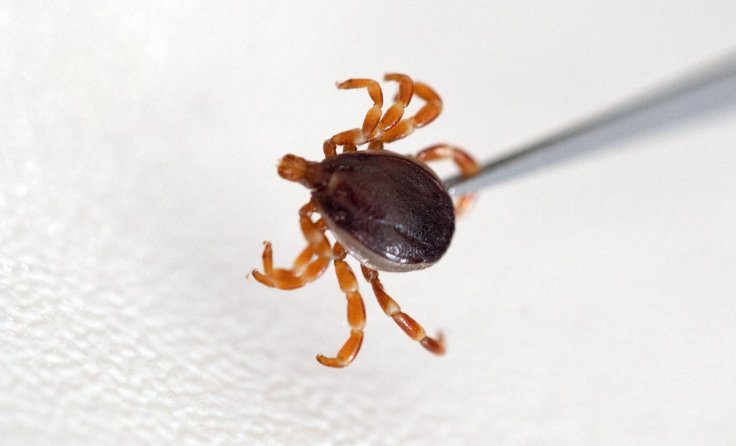A UK woman is diagnosed with Crimean-Congo hemorrhagic fever in London, a severe disease that kills 30 percent of people it infects while making them bleed from the eyes. This is the third time that a person in the UK has been diagnosed with the disease that is usually transmitted by ticks and livestock animals in countries where it is endemic.
The UK Health Security Agency (UKHSA) has revealed that the patient was diagnosed at Cambridge University Hospitals NHS foundation trust, and is now receiving specialist care at the Royal Free hospital in London, according to The Guardian.

Lower Risk of Spreading
However, the disease does not spread easily between people and the overall risk to the public is very low. Previously, Britain witnessed similar cases in 2012, and 2014 and none of those cases spread.
The British health agency is still in the mode of contact tracing to find those people who were in touch with patients. The UN health agency WHO informed earlier that nearly 30 percent of people infected with the disease usually die in the second week of infection and recovery in the patients usually starts after 10 days of the infection.

Symptoms
Symptoms of the disease include fever, muscle ache, dizziness, neck pain and stiffness, backache, headache, sore eyes and sensitivity to light. People have also complained that in the early stages they experience nausea, vomiting, diarrhea, abdominal pain and a sore throat, followed by sharp mood swings and confusion.
The main carrier of the disease is a tick known as the Hyalomma tick, which is not found in the UK while affected ticks are usually found in north Africa, Asia, and southern and eastern Europe.
The disease was identified in Crimea in 1944 and it was named Crimean hemorrhagic fever. It was renamed as Crimean-Congo hemorrhagic fever in 1969 when it was confirmed that the same organism was causing an illness in Congo.









